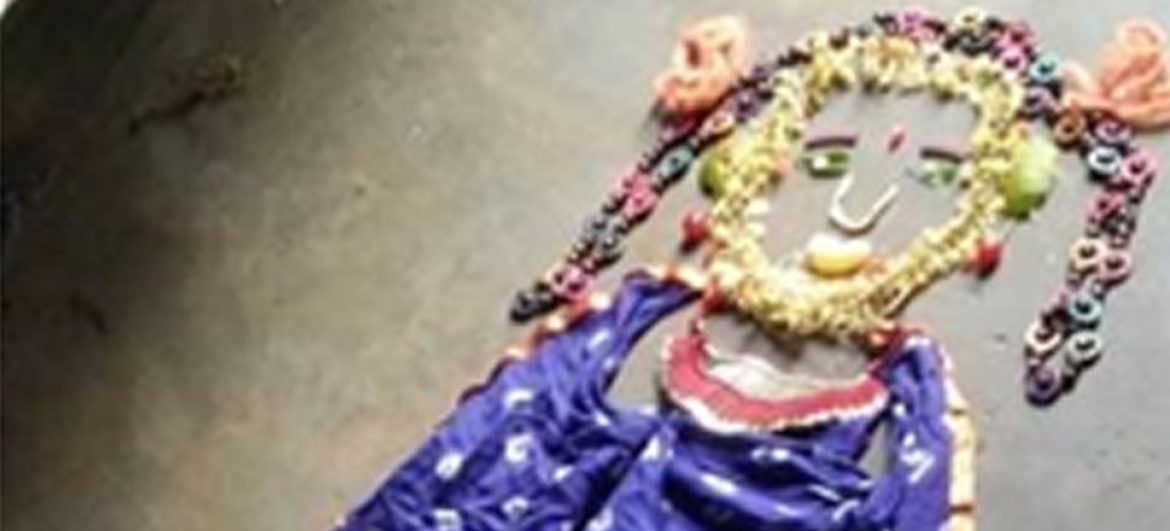Quis autem velum iure reprehe nderit. Lorem ipsum dolor sit nulla or narjusto laoreet onse ctetur adipisci.

Enhancing learning through art
ArtSparks Foundation works to support the development of learning and life skills using the medium of visual art and design.
ArtSparks’s work is rooted in the belief that art is essential to the growth and development of all children, and that all children deserve access to meaningful art education—one that unlocks their minds engages their hearts and ignites creative confidence.
Why Focus on 21st Century Learning Skills?
The Partnership for 21st Century Learning states that skills such as critical thinking, problem-solving, communication, collaboration, creativity and innovation are critical for future success, more so than isolated bodies of content knowledge. In an age where change is the only constant, understanding and applying 21st-century learning skills will allow our children to be adaptive and innovative in responding to new demands and changing circumstances.
Why Focus on Life Skills?
Life skills form the core of our social and emotional wellbeing, and the extent to which we can apply them can determine how we adjust and respond to life’s myriad experiences. When fostered over a period of time, these skills become internalised and manifest as habits.
Why Focus on Visual Art & Design?
Arts education provides an inclusionary solution to develop valuable skills and attitudes in a wide range of learners who might otherwise be marginalised. According to research, arts education can foster broad dispositions and habits of mind such as the ability to think creatively, envision, pose questions, test ideas, deal with ambiguity, and much more.
ArtSparks carefully designs a range of arts-based interventions that are age- and developmentally appropriate for children as young as 4 and as old as 17. Hands-on, experiential, and inquiry-based methods are used to engage children to develop the following skills:
Problem Solving: Students reflect on an artistic problem and create thoughtful solutions, recognising that a single problem can have multiple solutions. Students also plan, ideate/brainstorm, and prototype solutions.
Flexible Thinking: Students consider alternate points of view; they consider multiple solutions; students stay open to others’ ideas; students change course if need be to find alternative solutions; they use materials in unique ways
Collaboration: Students work well with others in a team; students listen to others’ ideas; they suspend judgment; come to a shared agreement; they share materials
Communication: Students articulate their intent; they listen respectfully; ask questions for clarification; they take turns to talk
Creative Risk-Taking: Students try new strategies, techniques, and/or ideas; they display a willingness to make “mistakes” and learn from them; students are comfortable with ambiguity
Perseverance: Students keep going until the work is finished; they periodically stop to reflect on what they’ve done, and then continue working; students do not give up when they encounter challenges
Close Observation: Students look carefully and pay attention to details
Investigation: Students question to uncover different possibilities; they explore and allow discoveries to lead the way
